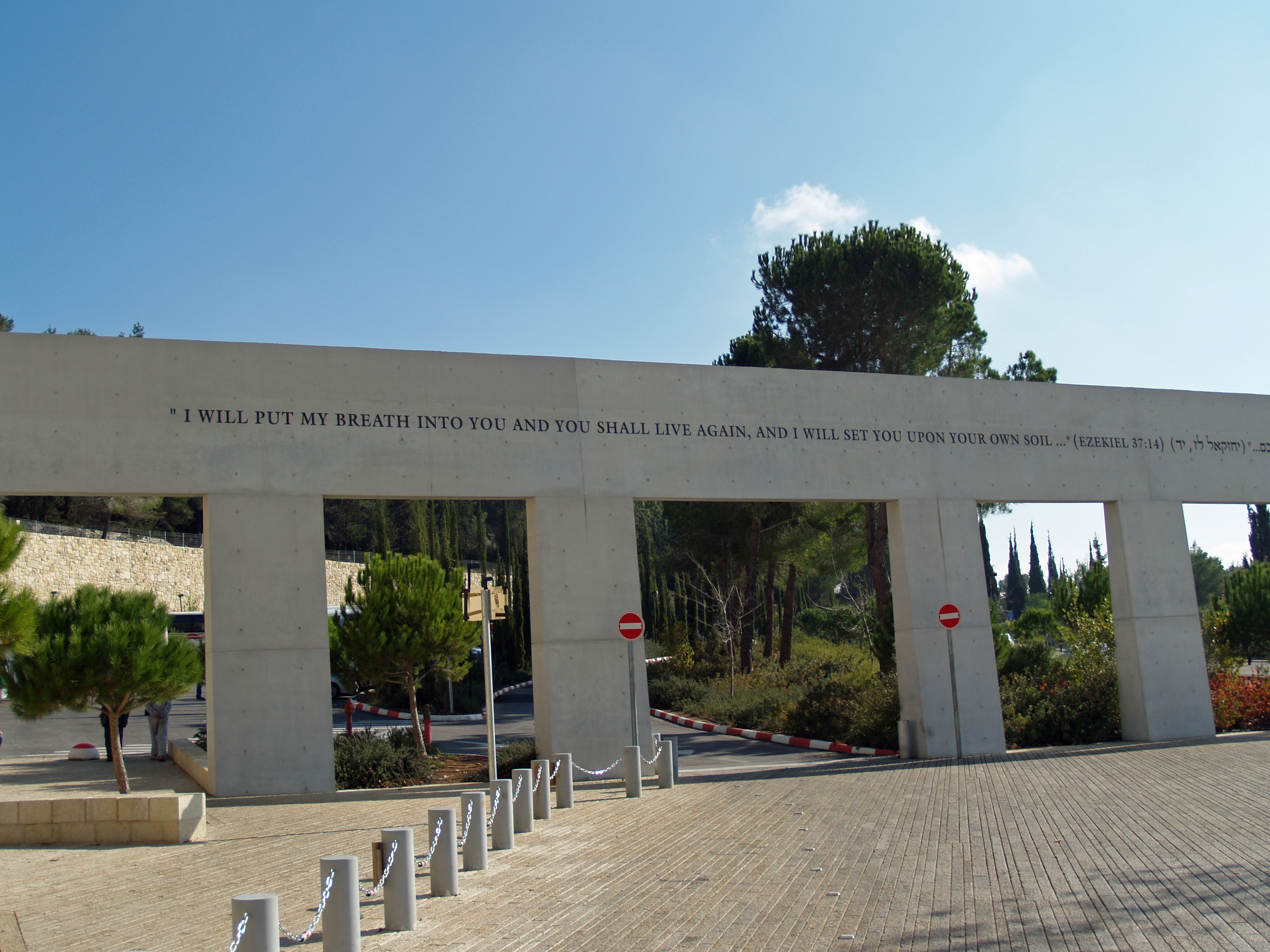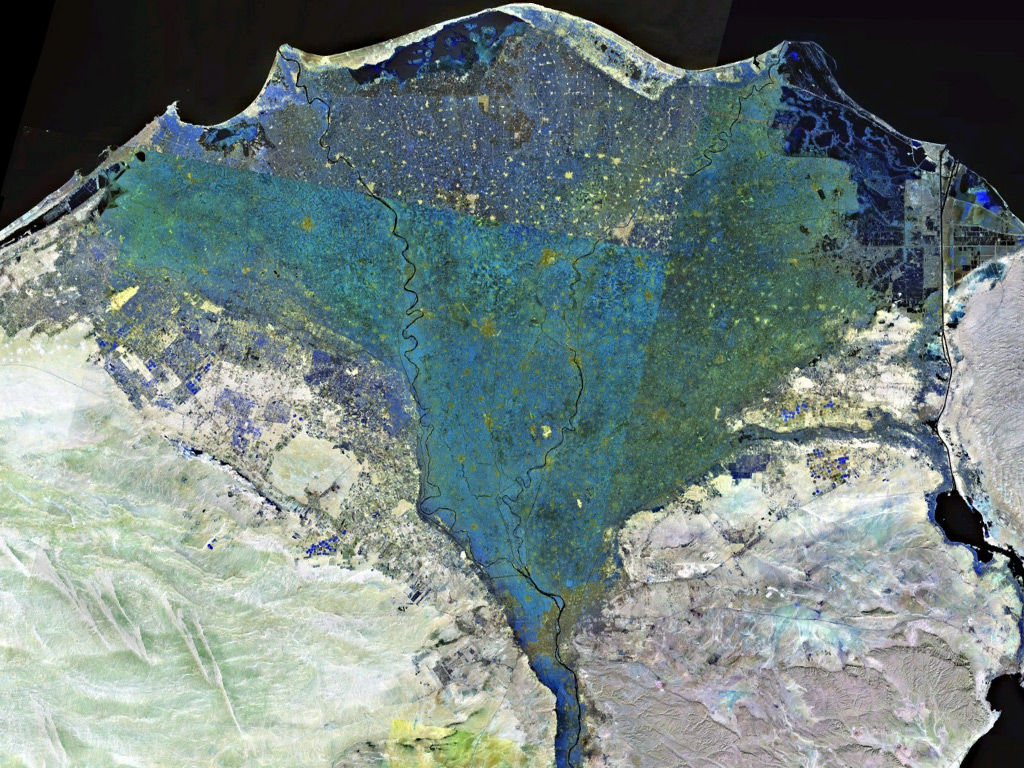|
Zoan
Zoan or Tso'an (Hebrew: ◊¶÷π◊ï◊¢÷∑◊ü ''·π¢≈ç ïan'') was, according to the Hebrew Bible, a city of Egypt in the eastern Nile delta. Book of Numbers 13:22 says that it was built seven years after Hebron was built. Psalm 78:12,43 identifies the "field of Zoan" as the location where Moses performed miracles before a biblical Pharaoh to persuade him to release the Israelites from his service. The city is also mentioned in Book of Isaiah 19:11, 13, Isaiah 30:4 and Book of Ezekiel 30:14. The Greek Septuagint in all of these verses uses the Greek name ''T√°nis'' ( el, ). Both ''Tanis'' and ''Tso'an'' are ultimately derived from the Ancient Egyptian name for Tanis Tanis ( grc, Œ§Œ¨ŒΩŒπœÇ or Œ§Œ±ŒΩŒ≠œâœÇ ) or San al-Hagar ( ar, ÿµÿßŸÜ ÿߟÑÿ≠ÿ¨ÿ±, ·π¢ƒÅn al-·∏§a«ßar; egy, ·∏èÍú•n.t ; ; cop, œ´‚≤Å‚≤õ‚≤ì or or ) is the Greek name for ancient Egyptian ''·∏èÍú•n.t'', an important archaeological site in the ..., ''·∏èÍú•n.t'' (Bohairic Coptic œ´‚≤Å‚≤õ‚≤ì; Sahidic Coptic œ´‚≤Å‚≤Å‚≤ ... [...More Info...] [...Related Items...] OR: [Wikipedia] [Google] [Baidu] |
Tanis
Tanis ( grc, Τάνις or Τανέως ) or San al-Hagar ( ar, صان الحجر, Ṣān al-Ḥaǧar; egy, ḏꜥn.t ; ; cop, ϫⲁⲛⲓ or or ) is the Greek name for ancient Egyptian ''ḏꜥn.t'', an important archaeological site in the north-eastern Nile Delta of Egypt, and the location of a city of the same name. It is located on the Tanitic branch of the Nile, which has long since silted up. The first study of Tanis dates to 1798 during Napoléon Bonaparte's expedition to Egypt. Engineer Pierre Jacotin drew up a map of the site in the '' Description de l'Égypte''. It was first excavated in 1825 by Jean-Jacques Rifaud, who discovered the two pink granite sphinxes now in the Musée du Louvre, and then by François Auguste Ferdinand Mariette between 1860 and 1864, and subsequently by William Matthew Flinders Petrie from 1883 to 1886. The work was taken over by Pierre Montet from 1929 to 1956, who discovered the royal necropolis dating to the Third Intermediate Per ... [...More Info...] [...Related Items...] OR: [Wikipedia] [Google] [Baidu] |
Hebrew Bible
The Hebrew Bible or Tanakh (;"Tanach" ''Random House Webster's Unabridged Dictionary''. Hebrew: ''Tānāḵh''), also known in Hebrew as Miqra (; Hebrew: ''Mīqrā''), is the Biblical canon, canonical collection of Hebrew language, Hebrew scriptures, including the Torah, the Nevi'im, and the Ketuvim. Different branches of Judaism and Samaritanism have maintained different versions of the canon, including the 3rd-century Septuagint text used by Second-Temple Judaism, the Syriac language Peshitta, the Samaritan Torah, the Dead Sea Scrolls, and most recently the 10th century medieval Masoretic Text, Masoretic text created by the Masoretes currently used in modern Rabbinic Judaism. The terms "Hebrew Bible" or "Hebrew Canon" are frequently confused with the Masoretic text, however, this is a medieval version and one of several ... [...More Info...] [...Related Items...] OR: [Wikipedia] [Google] [Baidu] |
Book Of Ezekiel
The Book of Ezekiel is the third of the Latter Prophets in the Tanakh and one of the major prophetic books, following Isaiah and Jeremiah. According to the book itself, it records six visions of the prophet Ezekiel, exiled in Babylon, during the 22 years from 593 to 571 BCE, although it is the product of a long and complex history and does not necessarily preserve the very words of the prophet. The visions, and the book, are structured around three themes: (1) Judgment on Israel (chapters 1–24); (2) Judgment on the nations (chapters 25–32); and (3) Future blessings for Israel (chapters 33–48). Its themes include the concepts of the presence of God, purity, Israel as a divine community, and individual responsibility to God. Its later influence has included the development of mystical and apocalyptic traditions in Second Temple and Judaism and Christianity. Structure Ezekiel has the broad three-fold structure found in a number of the prophetic books: oracles ... [...More Info...] [...Related Items...] OR: [Wikipedia] [Google] [Baidu] |
Nile Delta
The Nile Delta ( ar, دلتا النيل, or simply , is the delta formed in Lower Egypt where the Nile River spreads out and drains into the Mediterranean Sea. It is one of the world's largest river deltas—from Alexandria in the west to Port Said in the east, it covers of Mediterranean coastline and is a rich agricultural region. From north to south the delta is approximately in length. The Delta begins slightly down-river from Cairo. Geography From north to south, the delta is approximately in length. From west to east, it covers some of coastline. The delta is sometimes divided into sections, with the Nile dividing into two main distributaries, the Damietta and the Rosetta, flowing into the Mediterranean at port cities with the same name. In the past, the delta had several distributaries, but these have been lost due to flood control, silting and changing relief. One such defunct distributary is Wadi Tumilat. The Suez Canal is east of the delta and enters ... [...More Info...] [...Related Items...] OR: [Wikipedia] [Google] [Baidu] |
Egypt In The Hebrew Bible
Egypt ( ar, مصر , ), officially the Arab Republic of Egypt, is a transcontinental country spanning the northeast corner of Africa and southwest corner of Asia via a land bridge formed by the Sinai Peninsula. It is bordered by the Mediterranean Sea to the north, the Gaza Strip of Palestine and Israel to the northeast, the Red Sea to the east, Sudan to the south, and Libya to the west. The Gulf of Aqaba in the northeast separates Egypt from Jordan and Saudi Arabia. Cairo is the capital and largest city of Egypt, while Alexandria, the second-largest city, is an important industrial and tourist hub at the Mediterranean coast. At approximately 100 million inhabitants, Egypt is the 14th-most populated country in the world. Egypt has one of the longest histories of any country, tracing its heritage along the Nile Delta back to the 6th–4th millennia BCE. Considered a cradle of civilisation, Ancient Egypt saw some of the earliest developments of writing, agriculture, urb ... [...More Info...] [...Related Items...] OR: [Wikipedia] [Google] [Baidu] |


